Wild Healing Herbs of Crete
By Christine Kenneally
Updated October 8, 2021
During our trip to Crete, we were so fortunate to spend a day cooking with, and learning from Koula Barydakis. The class took place in an old traditional olive oil mill in Vamos village in the mountains outside of the city of Chania. At the center of our “classroom” was the olive oil press with giant stone wheels, which were traditionally turned by mules to press the olives.
In this very inspiring setting, Koula began her cooking lesson by talking about the foundational ingredients of the dishes she was about to cook, the ingredients that are central to the cuisine of Crete including the wild culinary herbs.
Herbs in Crete are a part of everyday conversation. Everybody uses them on a daily basis and values them for the flavors they impart to the food as well as the healing properties they possess. If you have a cold or a cough, they will give you a cup of herbal tea, instead of an ‘over-the-counter’ decongestant. If you have a stomachache, they’ll recommend another type of tea, never a pill. The people of Crete, in many cases, have stayed connected to the traditional diet that was responsible for their optimal health, longevity and low rates of virtually all diseases. Koula says, “A lot of people live here in Crete to be 100 years old. It’s all because of the olive oil, the herbs, the wild greens, but also the less stressful life, living in the mountains.” Koula has travelled to nearly all parts of Crete and the other Greek Islands to study the food, talk to the people and experience the lifestyle. She incorporates all of this wonderful information into the cooking classes that she teaches to people who come to Crete on vacation from all over the world.
In our introduction to herbs, Koula had us sit around a table where she had arranged bowls of 11 different dried herbs that she had either harvested and dried herself or bought in the local market. She explained them to us, one at a time, filling my imagination with visions of rugged mountainous landscapes covered in flowering wild plants, followed by more visions of culinary creations using these plants for their aromas and flavors. I didn’t yet know exactly what dishes she would be cooking that day, but we had helped her carry in the bags of food from the market, so I had a sneak peek and I knew we were in for a feast. Could it be that my mouth was watering, and my stomach was rumbling with hunger already and it was only 11 am, just two hours after eating breakfast? This was the first effect that the herbs had on me that day, before even eating them. Talk about stimulating an appetite!
Koula talked about the herbs one after another: Chamomile, Diktamos, Lemon Verbena, St. John’s Wort, Pine Herb, Mountain Tea, Marjoram, Wild Thyme, Wild Sage, Oregano and Fennel. She explained that more than 1,000 different types of herbs grow in Crete. These are just some of the most widely used for cooking and making tea.
Chamomile flowers grow all over Crete in the spring. We’ve seen them growing wild here in New England as well- beautiful little white blossoms on long stems. Used fresh or dried, you can make delicious teas and infusions that are great to drink after dinner and before bed to help calm down, and to help with digestion. Chamomile’s antiseptic properties make it a great herb to use for allergies and rashes, as well as eye infections and sinus infections.
Diktamos is a beautiful plant that has purple flowers and grows on steep hillsides. It is said to be an aphrodisiac, and a symbol of love. If a man gives diktamos to his wife, it is out of love because he had to climb a steep hill to gather it! It is known especially for it’s ability to heal wounds of the skin as well as ulcers, and to treat stomachaches.
Lemon Verbena, also known as Vervain or Louisa, is used for marinating, cooking and baking and has a bright lemony, minty taste. It is probably the most intense of the lemony flavored herbs and has historically inspired poets all over Europe to describe the wonders of its flavor. It is a strong anti-oxidant as well.
Pine Herb, when used to make a tea, has a delicious aromatic “pine-y” flavor and has the added benefit of acting as a mild diuretic, gently flushing the kidneys and helping to treat or prevent kidney stones.
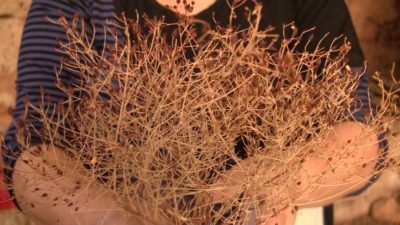
St. John’s Wort
St. John’s Wort can be drank as a tea or infused into olive oil and used to treat a variety of conditions. Many people have experienced relief from depression, eczema, rashes, and acne. My favorite use of St. John’s Wort is to heal sore muscles after an intense workout. I infuse fresh leaves and little yellow flowers of the plant into olive oil, let it sit for a month, and strain it to make an amazing massage oil. It turns the oil a beautiful reddish purple color, caused by the hypericum, one of the healing constituents of the plant.
Mountain Tea, or Sideritis, is a popular breakfast tea all over Crete. It combats cold and flu, sore throats, respiratory problems and headaches. It is anti-inflammatory and can help with anxiety and blood pressure problems. It grows wild in the mountains and has fuzzy stems each with multiple small yellow flowers. The flavor of wild Marjoram complements the flavor of the Mountain tea very well, so the two are often brewed together. Marjoram is also commonly used in cooking.
Thyme grows wild and rampant all over Crete! We saw it everywhere we went. The tiny pinkish/purple flowers and the intoxicating and invigorating aroma it gives off are one of my most visceral memories of my visits to the mountains in Crete. The scent of it somehow brought me into the present moment over and over. Thyme is used in cooking- to marinate meats, to make salad dressings, etc. It is used as medicine for the respiratory system: it is clearing, calming, and soothing to the lungs, which is why it’s used in cough syrups, and is a great tea to drink when you are sick. It is also a wonderful digestive herb- so combining it with meat dishes will assist your body in the digestion of those heavier foods. The bees love thyme, and Crete is famous for the delicious ‘thyme honey’ that they produce.
Wild Sage is another herb used in meat dishes for it’s delicious aroma and digestion-boosting properties. It is slightly bitter, which is a sign that it is supporting and detoxifying to the liver. It is said to promote longevity.
Oregano in Crete has a somewhat different flavor than the oregano that grows in New England, and can be used with almost any kind of food to make the flavors pop. It’s no coincidence that this delicious herb also makes our food easier to digest, and improves the health of our digestive systems, helping to balance the gut flora that are so important for our overall health in so many ways.
Fennel, another digestive herb, is used in breads, desserts and for making ouzo. It stimulates digestion, and many people drink this tea, or just eat some of the seeds after a meal. Breastfeeding moms can drink this tea to increase their supply of milk for the baby.
As you can imagine, by the end of the lesson on herbs, we were all ready to eat! Koula gave us a snack- feta cheese drizzled with olive oil, oregano, and thyme, as well as a cup of freshly brewed mountain tea sweetened with thyme honey, and then we were ready to start cooking! Stay tuned for mouth-watering blog posts coming soon about the dishes we made with Koula at Vamos village.

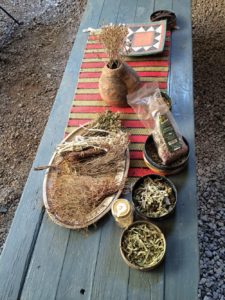
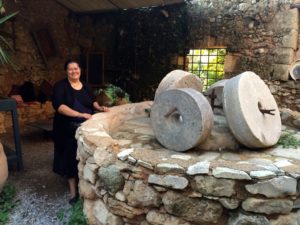







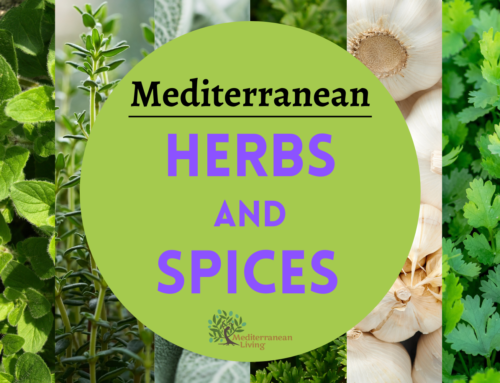

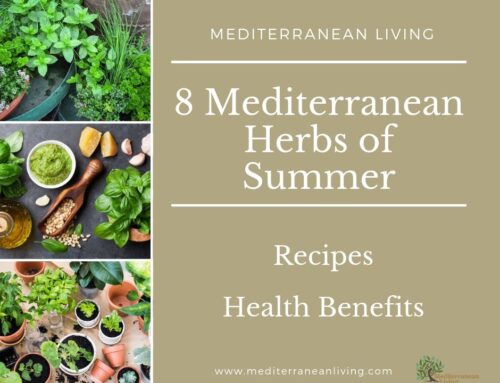
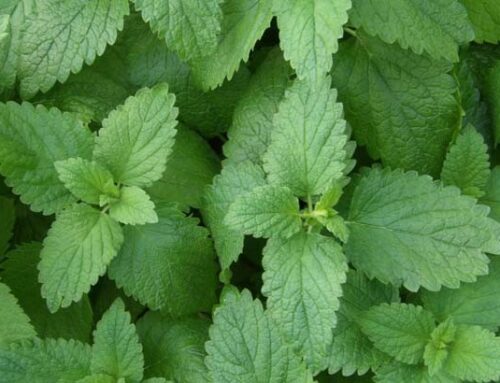
Bill Bradley, R.D. says:
Bill Bradley, R.D. says:
Bill Bradley, R.D. says: